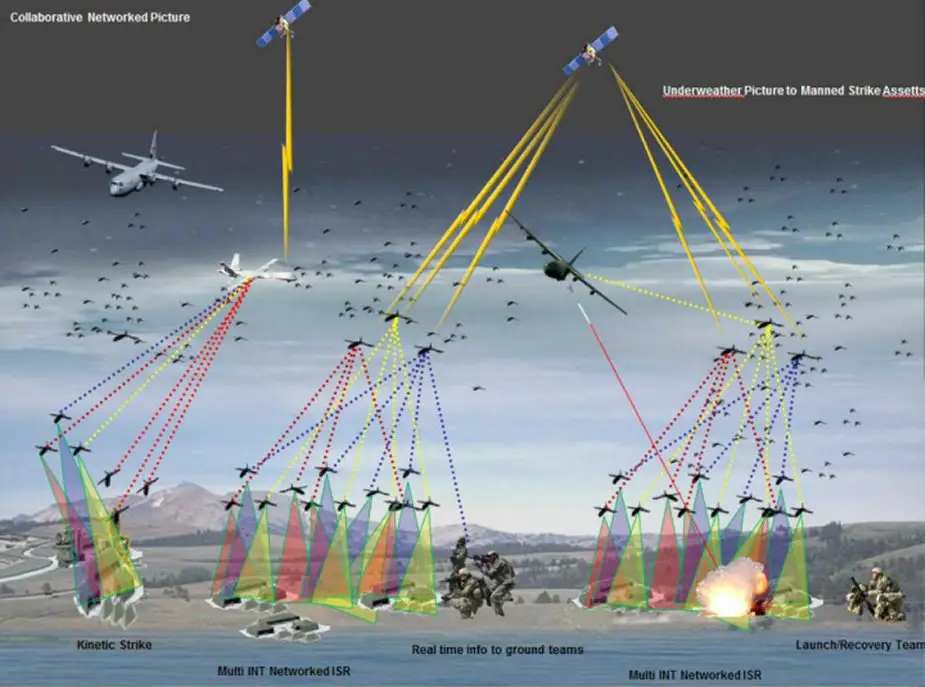Benelli
Respected Leader
Joulet lasketaan muuten 0.5 x massa x nopeus^2. Käytännössä dronessa pitäisi olla tietyssä nopeudessa tai yhteyden katketessa laukeava laskuvarjo tuon alittamiseksi.
Modernit hillottimet seuraavat laajaa taajuusaluetta. Ongelmaksi tuo muodostuu lähinnä jos vihulainen käyttää samaa taajuutta kuin omatkin.Mitä jos lisään droneen DSP (digitaalinen signaali prosessori) ja kirjoitan sille ohjelman joka haistaa kohinan voimistumista taajuuskanavalla ja sen ylittäessä tietyn pisteen, drone lähettää signaalin takaisin operaattorille ja vaihtaa taajuutta toiseen? Antenni tietysti rajoittaa tätä toimintaan, mutta tuolla tavalla voi periaatteessa väistää hillotusta. Totaalisen hillotuksen ollessa kyseessa palaa kotia taikka tekee jotakin muuta.
Kaupallisissa tälläistä ei löydy, mutta teoriassa vihollisdronesta tälläinen voi löytyä. Syyriassa on näkynyt itsekasattuja droneja, joten ajattelen vain että missä vaiheessa euroopassa nähdään ensimmäinen dronetero? Onko konsepti liian monimutkainen psykoottiselle massamurhaajalle?



